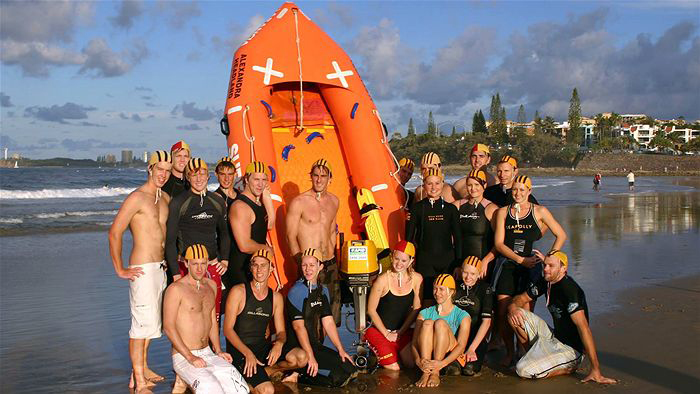Investment Analyst Katlyn Parker discusses the investment opportunities we found in the hard-hit airport sector.
Investment Highlight: Australasian Airports – Moving in the flight direction?
With some of the most severe and swiftly implemented border controls globally, airports in New Zealand and Australia have had turbulent journeys to navigate over the past eighteen months. The outbreak of COVID-19 changed travel virtually overnight with passenger numbers significantly reduced and in turn earnings dropping to unparalleled levels.
Covid-19 impact
Alongside aeronautical revenue (e.g. fees from airlines to land their planes), airports have multiple other revenue streams but the majority of these are ultimately linked to passenger movements (such as duty free and car parking). However, many of the Australasian airports also have large property portfolios which became an important focus of our investment analysis. These property portfolios continue to benefit the airports from the long-term nature of their lease agreements providing an anchor to otherwise rapidly declining revenues during times of limited travel.
Airports’ cashflows and liquidity became a prime focus for both equity and bond investors alike. The ultimate question being – can these companies steer their way through an unknown length of time where they cannot freely do what they were ultimately built for – accommodate travel?
Reaction
With debt and equity investors continuously scrutinising their financials and credit rating agencies watching closer than ever to take any required action in a prompt manner, the airports proactively executed a number of initiatives to support their credit quality and protect their balance sheets. These actions included and are not limited to:
• Stopping dividend payments to shareholders
• Raising additional equity
• Placing capital expenditure and expansion plans on hold; and
• Cutting their operating costs as much as practically possible
Opportunity
On the fixed income side, several of the Australasian airports have come to the local bond markets to borrow additional funds to ensure they have adequate liquidity. Through robust fundamental credit analysis with a sharp focus on cashflow forecasting, tangible asset quality and liquidity preservation, we were able to identify opportunities in an exceptionally challenged sector.
One example of this is Brisbane Airport who came to the Australian bond market in the depths of the pandemic in June 2020 and borrowed $750 million from investors. When focusing on this particular airport, its property portfolio, exposure to not just domestic but intra state flying in addition to its proactive approach in cutting costs and withholding shareholder distributions were key positive factors. This deal received tremendous support as its strategic importance as the gateway to Queensland provided investors comfort and belief in their futures.
Our airports will be critical to the recovery of both New Zealand and Australian economies in a post pandemic world.
The recent takeover bid on Sydney Airport highlights the appetite and capital from private investors wanting to get their hands on this type of infrastructure asset and it underpins valuations in this sector.
Conclusion
The ongoing recovery will be uneven, the more domestically focused airports will see a full recovery earlier compared to those airports more exposed to international travellers. Pent up demand is ripe but there is still a long runway ahead to reach pre-Covid levels of travel.
At Milford, we believe our ongoing robust fundamental credit analysis will allow us to continue to identify further opportunities within a challenged sector and we will continue to monitor these investments on an ongoing basis.



